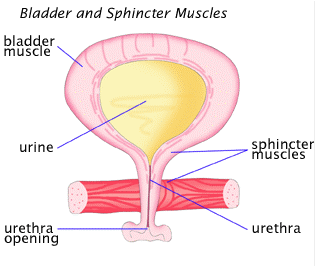Urinary incontinence is a chronic problem among women which generally goes unreported due to ignorance and a casual approach to the issue. To counter this rather misunderstood and less understood medical condition, the University of Michigan Health System has released a guide for evaluation and management of urinary incontinence among women, for the family physician.
This handbook was published in the latest edition of the Journal of Family Practice this month. According to the study conducted in connection with the publication, It is found that up to 40% of the women in the age group of 18 to 50 suffer from this condition and as many as 53% above 50 years are affected. The major reasons for urinary incontinence among women are childbirth, obesity and aging.
 A three step guide for the family physicians
A three step guide for the family physicians
- In the first visit the family physician asks the patient to keep a log of the urine output, its frequency and the amount of fluid intake. The doctor also collects the urine sample of the patient for analysis.
- The second visit he/she will take stock of the difficulties that the patient faces with regard to urine passage, along with a report of the log that was maintained during this time. This helps the physician probe the matter further with leading questions such as the physical stresses that might cause leaks to happen (e.g. coughing, laughing or sneezing).
- In the final step, the physician assesses how to help the patient cope with her incontinence and suggests methods based on the severity.
Diagnosis and treatment
There are different types of incontinence namely: Stress, urge, overactive bladder, functional, overflow, mixed and transient. It is important that a physician distinguishes between these and suggests the necessary corrections. There are a number of options available to diagnose the type of incontinence – bladder stress test, urine analysis and urine culture, ultrasound, cystoscopy and urodynamics. After conducting these tests appropriate treatment methods may be suggested. Some of the widely used treatment methods are: Kegel exercises to strengthen the bladder muscles, medication and injections for overactive bladder, neuromodulation, catheterization and surgery for pelvic floor reconstruction.
Final word of advice
Lead author Abigail Lowther advices that all physicians must take care to instill confidence in women suffering from urinary incontinence. They must inform them that it is nothing to be embarrassed about, it is a common chronic condition affecting many women and most importantly, that all types of urinary incontinence are treatable.






